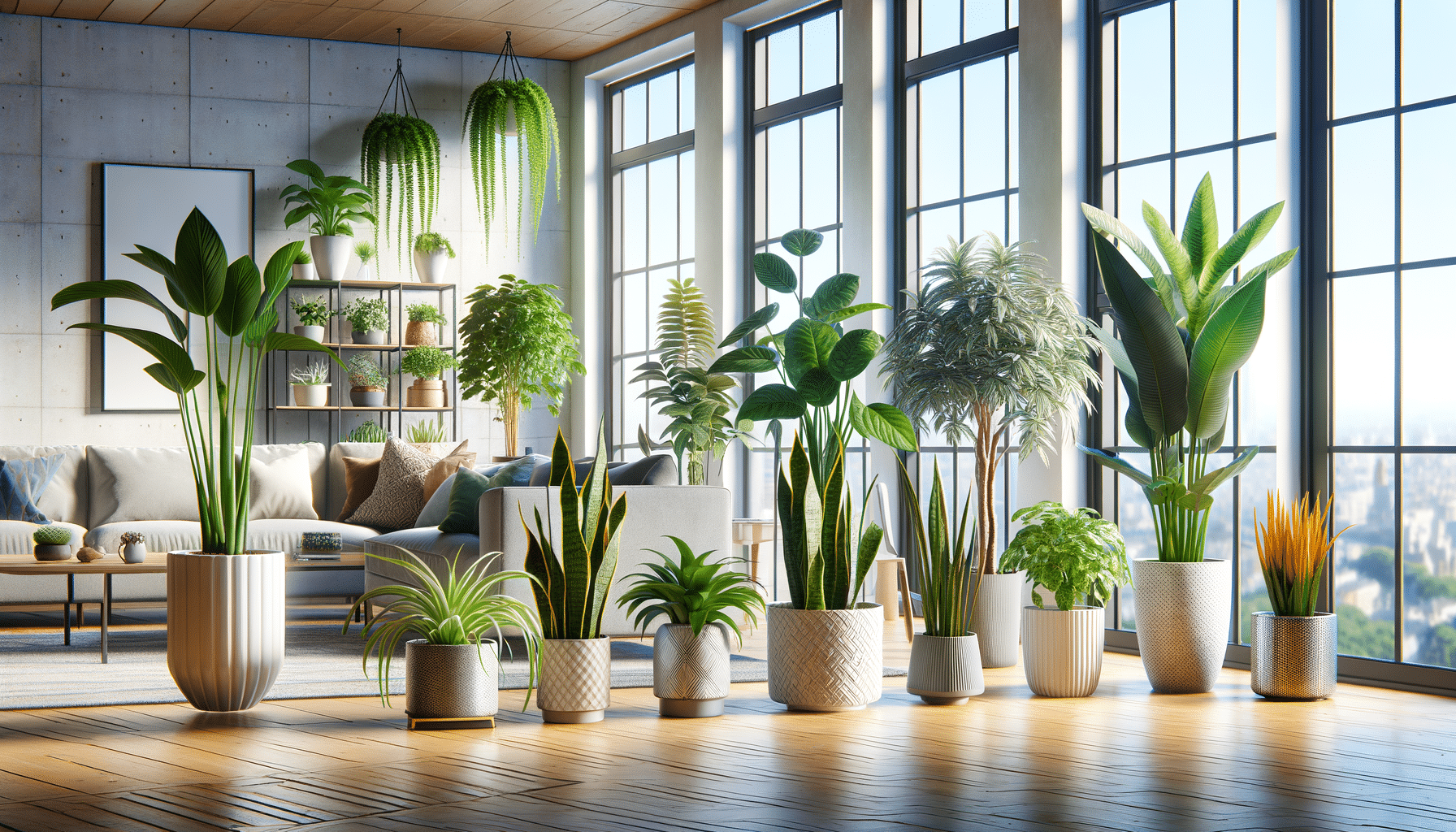
6 plants long used in homes to support cleaner air
Introduction to Indoor Air Quality and Plants
In an era where urban living often means spending more time indoors, maintaining clean indoor air has become a crucial aspect of health and well-being. Poor air quality can lead to various health issues, from respiratory problems to headaches and fatigue. Enter houseplants, nature’s air purifiers. For centuries, humans have turned to plants not only for their aesthetic appeal but also for their ability to improve air quality. Certain plants are renowned for their ability to remove toxins from the air, thus providing a natural way to enhance our living spaces.
The Science Behind Plants and Air Purification
Plants have a remarkable ability to purify the air through a process known as phytoremediation. This involves the absorption of pollutants through their leaves and roots, where they are transformed into less harmful substances. Studies by NASA have shown that certain plants can significantly reduce the levels of volatile organic compounds (VOCs) in the air, which are common in household products and can contribute to indoor pollution. Key pollutants that plants can help mitigate include benzene, formaldehyde, and trichloroethylene.
Moreover, plants release oxygen during photosynthesis while simultaneously increasing humidity through transpiration. This dual action not only cleanses the air but also creates a more comfortable living environment. The presence of plants has also been linked to reduced stress levels and increased productivity, making them a valuable addition to both homes and workplaces.
Popular Plants for Cleaner Indoor Air
Several plants have gained popularity for their air-purifying properties. Here are a few that are particularly effective:
- Spider Plant: Known for its resilience and ease of care, the spider plant is excellent at removing formaldehyde and xylene.
- Peace Lily: This plant not only beautifies a room with its elegant white blooms but also excels at removing ammonia, benzene, and formaldehyde.
- Snake Plant: Also known as mother-in-law’s tongue, this plant is a powerhouse for removing toxins and can thrive in low light.
- Boston Fern: Renowned for its ability to remove formaldehyde, the Boston fern also adds a lush, vibrant feel to any space.
- Aloe Vera: Beyond its medicinal properties, aloe vera is effective in removing formaldehyde and benzene.
- Bamboo Palm: This plant is particularly good at filtering out benzene and trichloroethylene and adds a tropical touch to interiors.
Caring for Air-Purifying Plants
While these plants are known for their durability, they still require proper care to thrive and effectively purify the air. Here are some general tips for maintaining healthy houseplants:
- Light: Ensure your plants receive the appropriate amount of light. While some thrive in low-light conditions, others may require bright, indirect sunlight.
- Water: Overwatering is a common mistake. Allow the soil to dry out slightly between waterings to prevent root rot.
- Humidity: Many air-purifying plants prefer higher humidity levels. Regular misting or a pebble tray with water can help maintain the right conditions.
- Soil: Use a well-draining potting mix to ensure adequate air circulation around the roots.
- Fertilization: Feed your plants with a balanced fertilizer during the growing season to support their health and growth.
Conclusion: Enhancing Indoor Spaces with Plants
Incorporating plants into your indoor environment offers numerous benefits beyond their aesthetic appeal. By selecting the right plants, you can naturally improve air quality, reduce stress, and create a more inviting and healthy living space. Whether you are a seasoned plant enthusiast or just beginning to explore the world of houseplants, these green companions provide a simple yet effective way to enhance your home or office. Embrace the natural beauty and functionality of plants to cultivate a healthier indoor environment.